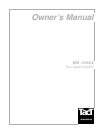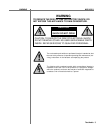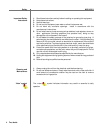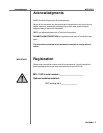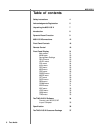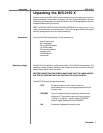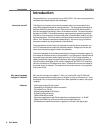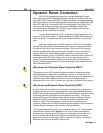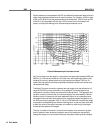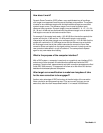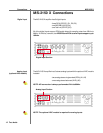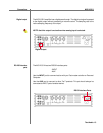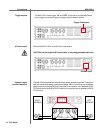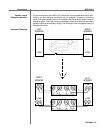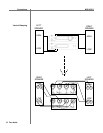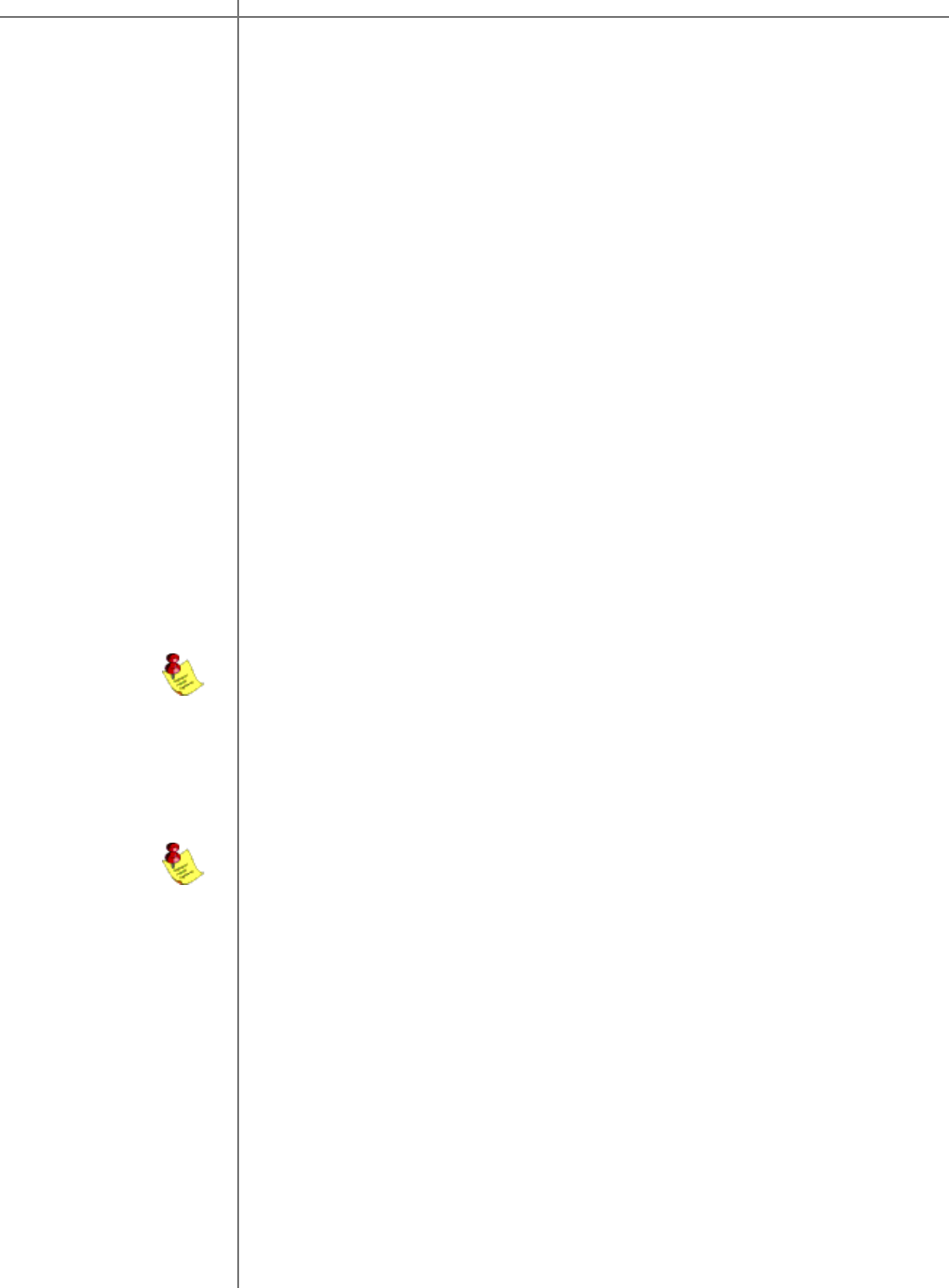
9Tact Audio
Dynamic Room Correction
M/S-2150 X is designed to support full range and subwoofer Dynamic
Room Correction (DRC). All software necessary to perform this task is built into
each M/S-2150 X. However M/S-2150 X does not have built in microphone preamp
and it does require an external digital microphone preamp such as BOZ RCS-16M.
With RCS-16M up to 16 channels of DRC can be performed. Each M/S-2150 X
channel can be configured as main (full range) or subwoofer channel. After
measurements are completed RCS-16M is no longer needed and it could be
permanently disconnected from the system.
Dynamic Room Correction (DRC)
®
is new technology developed by Tact
Audio Inc. over past two years. This groundbreaking brings the science and art of
Room Correction, and specifically Tact room correction products, to yet another
level.
When we introduced our first RCS system (the Tact-2.2 in the late 90’s)
we were fully aware that we were embarking on a long term research process in
the new exciting field of room acoustics correction. As a result of this research
effort we brought to the market products such as Tact-2.0 S two channel RCS
preamp, the Tact-2.2 X two channel preamp with RCS on two main and two
subwoofer channels, and the TCS MKII ten channel theater correction system. All
these systems offer RCS technology not found in any other product on the
market. Our continued research combined with enormously valuable feedback
from our customers has resulted in this new technology that we named Dynamic
Room Correction (DRC)
®
.
M/S-2150 XDRC
Why do we call it Dynamic Room Correction (DRC)?
The reason we call it DRC is that the target curve used to compute correction
filters dynamically changes with the master level control. In another words, for
every 0.1 dB of level change the system uses a new target curve to compute room
correction filters. What makes this dynamic is that all computations and
adjustments are done on the fly without any interruption to the music you listen to.
Why do we need Dynamic Room Correction (DRC)?
It is well known fact that humans do not here all frequencies at the same level. It
is also known that our ears are more sensitive to frequencies between 2000 and
5000 Hz than to frequencies bellow 2000 Hz and above 5000 Hz. In addition to this
our hearing sensitivity changes with sound pressure level (SPL). This human
hearing property was first discovered and experimentally confirmed by Fletcher
and Munson at Bell Laboratories in 1933 and later refined by Robinson and
Dadson in 1956. Their work resulted in a family of equal loudness curves
(contours), widely known as Fletcher-Munson equal loudness curves. A sample of
Fletcher-Munson loudness curves is shown in the figure bellow.
On the graph bellow there are 12 curves numbered from 0 to 110. These numbers
represent the loudness level in phons. A Phon is a unit used to describe the
loudness level of a given sound. The reason for introducing the loudness unit is
that two sounds with the same SPL (dB) do not necessarily have the same
perceived loudness. Phon is equal to SPL in decibels at 1000 Hz. For example,
80 phons means as loud as 80 dB, 1000 Hz tone.



